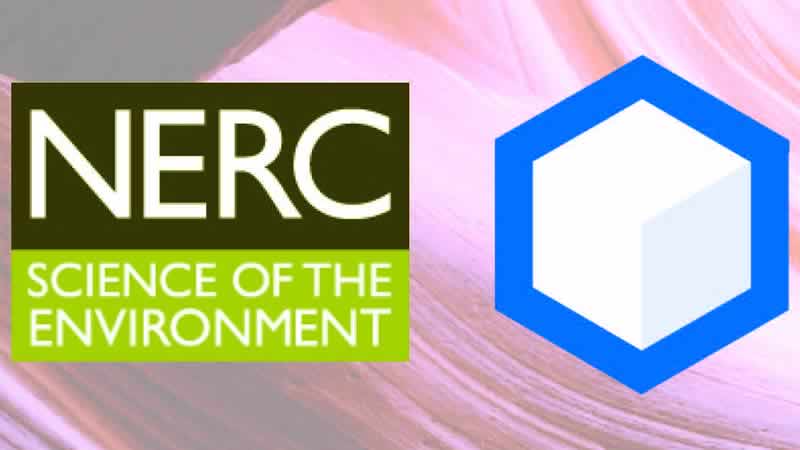• Explored 118 wells with over 1 million rows and 29 columns of wireline petrophysical data using the Pandas library.
• Analysed and visualised the wireline logs petrophysical dataset using Pandas, NumPy, Matplotlib, Plotly, and seaborn libraries.
• Identified insights related to wireline logs quality and interpretation including issues like missing data, class imbalances, and outliers, as well as production performance.
This study aims to explore and visualise the petrophysical data of wireline logs and their subsets to analyse subsurface lithologies. These lithologies describe the combination of rock layers forming given subsurface formations. The dataset comprises 98 wells and their respective wireline logs. Python provides an excellent toolset for visualising the data from various perspectives quickly and efficiently. We employed log plots, histograms, and cross plots (scatter plots) to analyse and explore well log data.
The dataset used in this project is accessible via the following Google Drive link: https://drive.google.com/drive/folders/1uWz1YI6mjRm5EuJJsunOpcEdVqUaCTte?usp=sharing.
The work presented in these repositories was conducted during a PhD study as part of the Natural Environment Research Council (NERC) Centre for Doctoral Training (CDT) in Oil & Gas. This study was funded 50% through the National Productivity Investment Fund grant number NE/R01051X/1 and 50% by the University of Aberdeen through its PhD Scholarship Scheme. The support from both organisations is gratefully acknowledged. This work relies heavily on Open-Source Python Libraries, specifically NumPy, Matplotlib, Plotly, and Pandas. Appreciation is extended to the contributors of these libraries, as well as Jovian and GitHub, for providing open access hosting of the Python scripts used in this study.



